Sardined onto the lower deck of a small vessel with eight other refugees, Tsang Kwok-ho felt lucky to have been able to escape from Vietnam in 1969 – a country that was in the midst of a devastating conflict that would rage on for 20 years.
His destination was Hong Kong – a city of over 3 million people, many of whom had been welcomed by its relatively lenient immigration policies. But the territory has seen rapid changes to its humanitarian policies since the days of so-called “Vietnamese boat people” – a term used to describe the 200,000 refugees arriving following the Fall of Saigon in 1975 – which prompted the city to declare itself a “port of first asylum.”
Hong Kong now has one of the lowest global refugee acceptance rates – 0.7 per cent of “non-refoulement,” or torture claims, were accepted from 2014 to 2017, according to the Immigration Department. While a security panel at the Legislative Council on Tuesday discussed plans to tighten asylum seeker procedures by limiting the amount of time applicants have to present their case – a far cry from the city that took in Tsang and his family in in 1969.
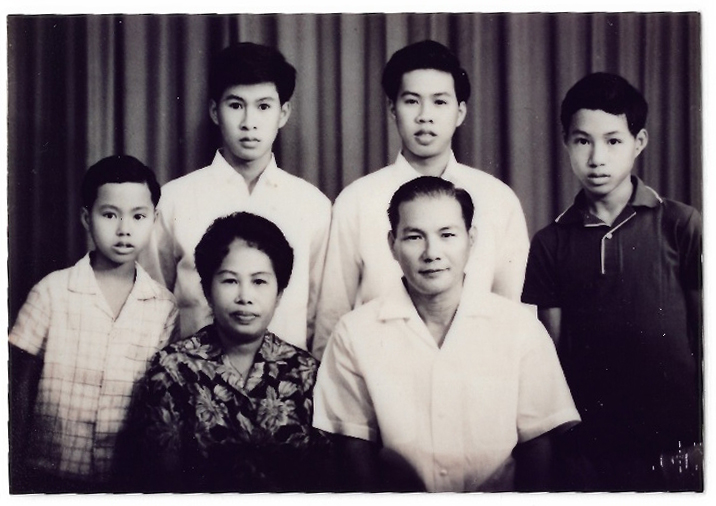
Tsang was born in the North Point of Hanoi in 1950 to migrants fleeing the Japanese occupation of Guangzhou, China. After the outbreak of the Vietnam War in 1955, the family moved to Ho Chi Minh City, then known as Saigon, where they lived under constant fear of conscription, with boys as young as 16 drafted to fight in one of the bloodiest conflicts in modern history.
“At the time there were not many young men,” Tsang told HKFP.
It was a childhood filled with fear – rockets frequently filled the night sky and random house searches sent the boys hiding on the rooftop at all hours to avoid conscription by soldiers.
“At the time it was very [dangerous], we were very afraid,” Tsang said. “But it was also strange and exciting because we were so young – sometimes you go outside and the military asks you what is your age and you have to give them your birth certificate. If you are old enough, they will catch you immediately to serve as a soldier.”
His parents came up with a simple solution for the boys – have them stay the same age. By forging birth certificates, they reduced the boys’ ages every year to avoid being drafted. “We couldn’t do this forever,” Tsang said, with a smile. “They would look at us and say, you do not look young.” Thus began their plan to leave.
‘Thank you money’
With the war reaching its climax during the Tet Offensive against the South by North Vietnamese forces in January 1969, Tsang and his brothers fled the country.
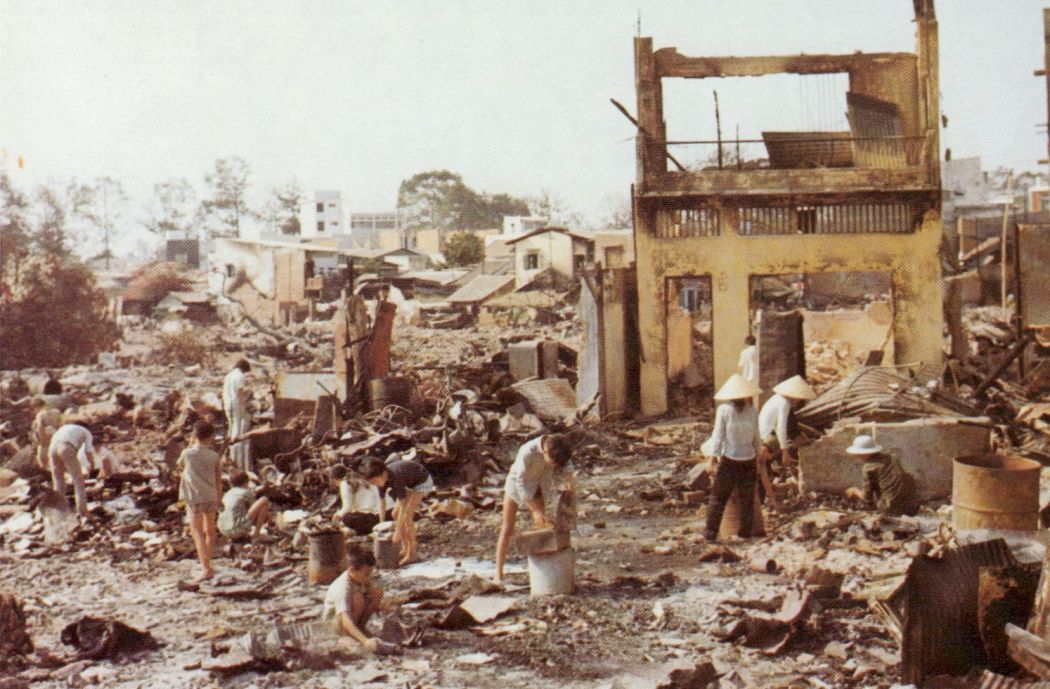
“We used money to find a ship owner and then escape to Hong Kong,” Tsang said. But why there? The territory was a natural choice for the family – not only did they have relatives there, but like many ethnic Chinese people in Vietnam, they spoke Cantonese. “Where I lived in Vietnam almost 80 per cent were Chinese people,” Tsang said.
His first attempt to leave was not successful. Tsang and his younger brother were intercepted at the harbour by coast guards, who released the pair in exchange for “thank you” money.
But that did not stop them. The next attempt was made on his own: “Because my parents were afraid [immigration] might catch us. One by one is better,” Tsang said, laughing.
Bounding along the choppy seas in a tiny vessel, Tsang finally left Vietnam for Hong Kong – a destination that would become increasingly popular for refugees after the war ended, when Vietcong forces began ethnic cleansing of Chinese people in 1979.
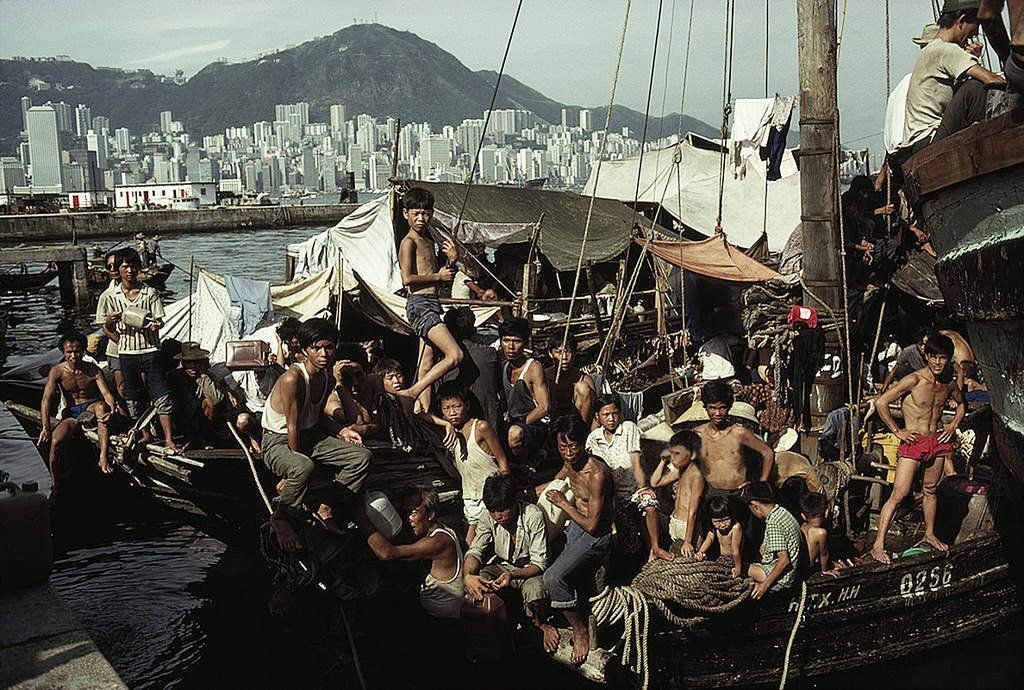
Although Tsang was among the earliest to flee the country, the perilous journey would later claim the lives of hundreds of thousands of boat refugees, according to the United Nations High Commissioner for Refugees. The numbers spiked in 1979 and 1981, when 68,700 and 11,900 refugees arrived respectively.
For three days they remained under the deck to avoid detection by the coast guard. “You eat, you sleep, go to the toilet in this little place,” Tsang said.
After weeks of battling the high seas in cramped conditions, the boat arrived at Yau Ma Tei. “When I arrived I could hear the policemen’s voices; they checked if anything is inside and knocked the vessel to see if [it] is empty. Inside the noise is very loud,” Tsang said, raising his arms over his head to mimic the deafening reverberation of the baton pounding against the steel.
But in spite of the odds, he had made it – to what was then a burgeoning refugee society.
Mao’s mole
In Hong Kong, Tsang began studying again. But three years of pushing back his age put him in middle school.
“I had to do it all again,” Tsang said. “I couldn’t go to high school.”
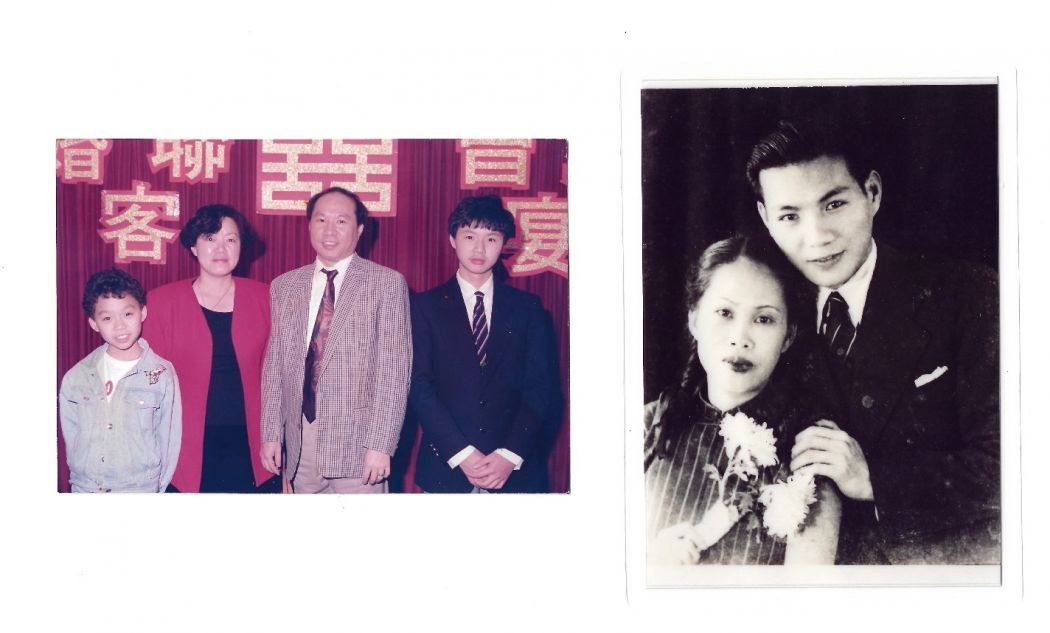
His two older brothers had managed to get Hong Kong identity cards by posing as illegal immigrants from the mainland, thanks to a “touch-base” policy that allowed mainland Chinese migrants who reached urban areas to remain. Tsang and his younger brother, on the other hand, had not.
His younger brother tried first, unsuccessfully. “If you come from China, you must know all things China,” the immigration officer told him – he asked him about famous places in Canton and even which side of Chairman Mao’s face is his mole (centre-right). But as Tsang said: “Of course he could not answer, so we all got caught out.”
The police arrested all four brothers, charging them HK$2,000 each, and forcing them to wait another seven years before qualifying as permanent residents. But it wasn’t all bad.
As Vietnamese refugees, they could apply to a government scheme that flew those escaping the war to Hong Kong – so in 1974, their parents arrived to start their new life. By then, the fabric of multiculturalism had been woven into Hong Kong society. Its population began to rise exponentially to over 5 million by 1980. Now, it has one of the highest population densities in the world.
The tide turns
Waves of immigration from 1978 to 1980 saw an end to the city’s “port of first asylum” refugee policy.

“At the time, refugees had bothered the Hong Kong government for a long time,” Tsang told HKFP.
Many suffered in appalling conditions in detention centres, set up to deal with the influx of migrants, as public opinion turned to “refugee fatigue.” The original camps were open and allowed inhabitants to work in Hong Kong and travel freely, but by 1982, the opposite was in effect, and refugees languished in “closed” detention centres, sometimes for years.
The “no work” policy remains in force today. Tegan Smyth from NGO Table of Two Cities previously told HKFP that the biggest challenge for current asylum seekers is their inability to work: “I think that refugees who come here, or asylum seekers, they’re unable to work and they have kids here – the kids are stateless. That’s really the cause of a lot of stress in the community.”
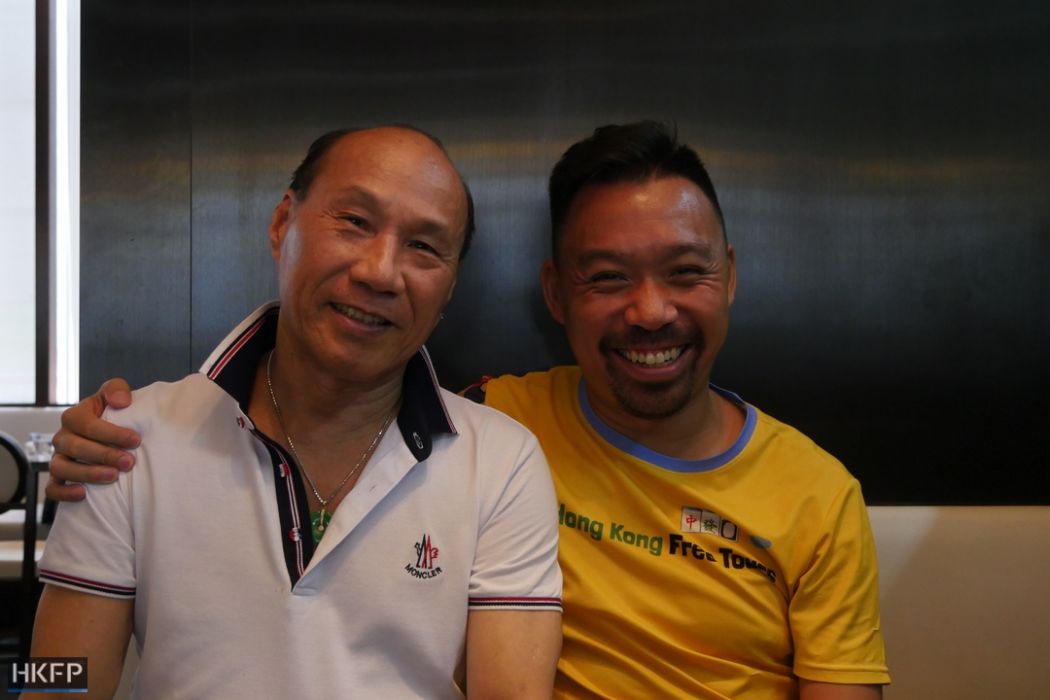
NGO Justice Centre said that currently, a mere 0.2 per cent of Hong Kong’s population are refugees, despite over a third being once refugees after mainland Chinese rushed into the city between 1945 and 1951 to escape the horrors of the civil war.
Passing on the stories
Tsang is now settled and has raised a family in Hong Kong. His son – Michael – has founded a tour company called Hong Kong Free Tours in 2016, which aims to provide tourists with a local perspective.
Michael often tells the story of his family’s migration during his tours, to provide a deeper understanding of how Hong Kong society came to be: “I want to tell tourists stories about things locals care about – not what the tourism industry wants to show them. Many people who come to Hong Kong only see the major attractions – the Peak, the Big Buddha, the Ladies Market, and they think that’s Hong Kong,” he told HKFP.
“Hong Kong is more than that.”
Support HKFP | Policies & Ethics | Error/typo? | Contact Us | Newsletter | Transparency & Annual Report | Apps
Help safeguard press freedom & keep HKFP free for all readers by supporting our team

LATEST FROM HKFP
HKFP has an impartial stance, transparent funding, and balanced coverage guided by an Ethics Code and Corrections Policy.
Support press freedom & help us surpass 1,000 monthly Patrons: 100% independent, governed by an ethics code & not-for-profit.










